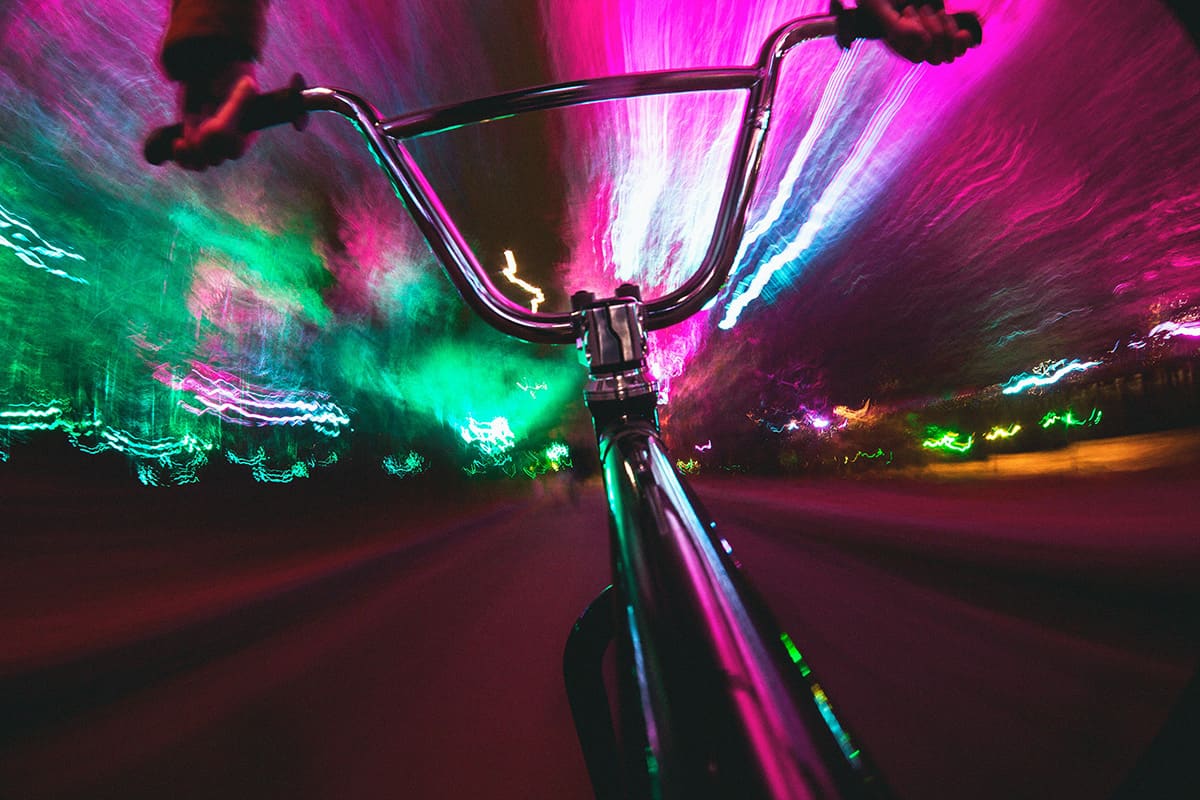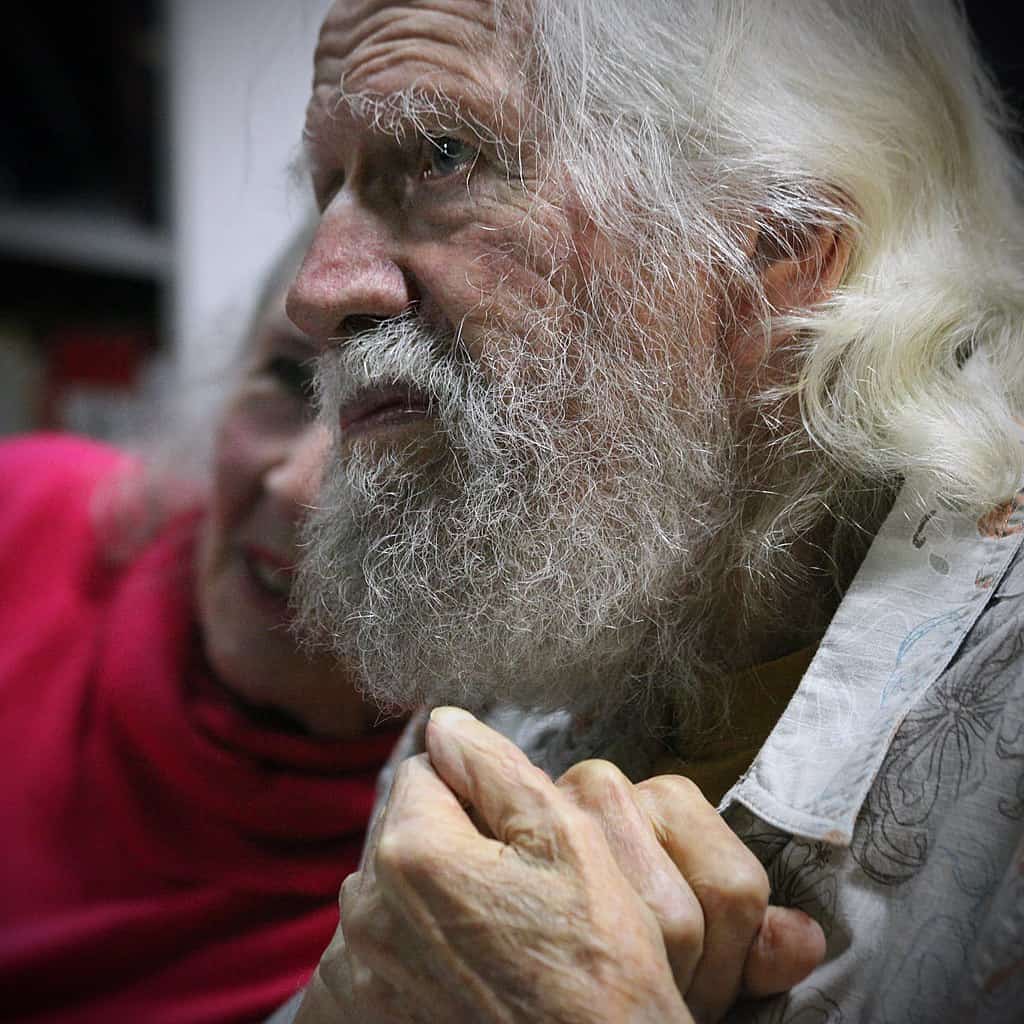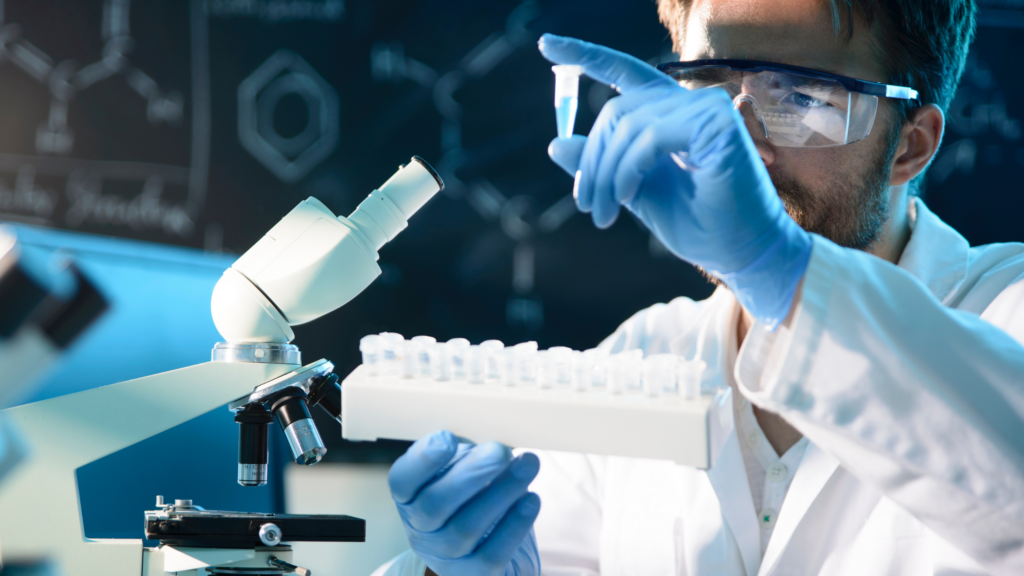Over the years, there have been a large number of different LSD analogs produced. Fewer have generated more excitement than Valerie, the nickname affectionately given to 1V-LSD, or 1-valeryl-lysergic acid diethylamide.
Valerie is a prodrug of the LSD-25. This means that once the substance is processed by the right set of enzymes, the valeryl group is broken off, thus converting it into LSD. This has led to legal complications in a number of different regions. However, in most places, 1V-LSD remains legal for research purposes.
What Is 1V-LSD?
Like other LSD derivatives and analogs, 1V-LSD is part of a class of drugs called lysergamides. Chemically, its closest relatives are 1P-LSD and LSD itself. The results of research studies on both 1V-LSD and LSD tend to be nearly identical, although research on 1V-LSD tends to take a little bit longer because the valeryl chain must be cleaved off to reveal the original LSD structure.
1V-LSD is one of the newest and most-hyped research chemicals on the market. Its first synthesis is believed to have been sometime in Jul of 2021. Immediately following its synthesis it was publically announced and became available on research chemical websites shortly after.
1V-LSD was almost certainly produced in response to the German NpSG ban on 1P-LSD. Germany has been particularly tough in its stance against research chemicals, especially the psychedelic derivatives of LSD.
LSD History – How the Discovery of LSD Eventually Led to the Need for Valerie


You can’t know the true history of 1V-LSD unless you understand the history of LSD itself. LSD has a very fascinating history.
Considering that it remains one of the most popular psychedelics of all time, despite its legal status in many countries being a prohibitive factor, many are surprised to learn that LSD was originally developed rather unenthusiastically by a chemist trying to create a new medicine to help stimulate the respiratory and circulatory systems.
The original chemist was Albert Hofmann, and even though he first discovered the substance in 1938, he initially considered it to be relatively useless and shelved it until 5 years later when, according to his own testimony, the LSD “told him” to return to it.
It was then that he recognized the drug’s power. It was not necessarily the effective respiratory stimulant that he’d wanted. Instead, he’d produced a drug that could stimulate the mind of the individual and perhaps even their very spirit. He had chanced upon the golden chariot of personal growth, the Elixir of Life.
Unfortunately, despite Hofmann’s repeated efforts for the cause, LSD was not initially adopted as a therapeutic substance. Even though a few initial studies were done that proved it to be quite effective, the majority of the world learned about LSD thanks to the hippie movement of the 1960s.
Alexander Shulgin, TiHKAL and PiHKAL


Alexander Shulgin, often referred to as the Father of Psychedelics, is widely known for his massive contributions to the psychedelic world. His works include TiHKAL and PiHKAL, short for Tryptamines and Phenethylamines I Have Known and Loved.
Shulgin and his wife, Ann, undoubtedly lived some of the most exciting lives that any psychonaut could dream of. They were eventually permitted by the DEA to produce psychedelics for research purposes. During these years, Shulgin created and, with his wife, tested, and documented the production of several hundred novel psychedelics. Thus he was literally the father of so many psychedelic compounds.
Many of these psychedelics are those that we find on the research chemical scene today. Shulgin created and explored entire families of drugs, such as the substituted tryptamines (such as 4-AcO-DPT) and a huge number of substituted phenethylamines.
TiHKAL and PiHKAL are basically textbooks on how to prepare and synthesize these drugs. They are considered holy relics in the psychedelic scene. These books may have been, unfortunately, a self-fulfilling prophecy that Shulgin created in an attempt to prevent his work from being put to an end.
Shulgin was constantly worried that the FDA would one day decide that his work had crossed the razor-thin line between the study of drug interactions and the rampant abuse and production of illegal psychedelics. To preserve his experiments, he and his wife documented almost everything that they experienced in the lab, as well as everything that they experienced outside of the lab under the influence of their experimental drugs.
The Post-Shulgin Era & Research Chemicals or the New Drug Phenomenon
TiHKAL and PiHKAL turned out to be Shulgin’s undoing. Because of his fear of being shut down by the DEA, he produced these two books. After the DEA found copies of these books at the sites of several drug busts, they labeled them “chemical cookbooks” and decided that Shulgin was no longer on their side.
Soon after, more than 20 uniformed men arrived at his laboratory to raid and destroy most of his work. His license was revoked and most of his drug stash was taken away from him, although the knowledge that hid within his incredible brain and within the pages of TiHKAL and PiHKAL will never be lost.
The Research Chemical Scene Begins


Unfortunately for the DEA, attacking the lab after the books were already published was basically kicking a dead horse. The information was already out there, and too many chemists, psychonauts, scientists, and enthusiasts had already gotten hold of Shulgin and Anne’s great works.
This has led to a significant change – or, perhaps, an increase in the pace – in the way that modern society tackles drug use and abuse.
Shortly after the publication of these books, chemists began to produce drugs that provided similar effects to those that were already illegal, such as LSD and psilocybin. After a time, law enforcement would catch on to these new drugs and make them illegal. Chemists would then respond by making slight modifications to produce a drug that was technically legal
Shulgin himself made a prolific statement about this cat and mouse chase that rings quite true today. Perhaps he was referring directly to what the world’s population might do when they were given free reign to do whatever they wanted with the knowledge he provided in his books.
“In every issue of the journals in the fields of pharmacology, medicinal chemistry, the botanical sciences, and biochemistry, articles appear that advertise the isolation, synthesis, or evaluation of materials which have some pharmacologic action. Any article describing a new family of compounds (‘Potential Centrally Active Stimulants Evaluated in Experimental Animals’, for example) will encourage an unknown number of synthetic repetitions by underground researchers and manufacturers (with immediate pharmacologic evaluation in man). These studies follow none of the recognized guidelines for clinical investigation and are not responsible to any regulatory agency. If the results are undesirable or unacceptable, the matter is forgotten. If the results are considered virtuous or marketable, a new product appears briefly, under some popularly recognizable name and achieves, de facto, a broadly based “clinical” evaluation. When the product survives this initial marketing experiment, a new drug problem has made its appearance on the drug-abuse scene. However, if the product proves unacceptable (dysphoric, debilitating, lethal), the inquiry is dropped. Such explorations continue outside of the awareness of the social body politic.”
In other words, once a new group of psychoactive chemicals is discovered, a whole bunch of clandestine chemists will begin producing similar chemicals and testing them to see if they can produce any positive effect similar to those of illegal recreational drugs.
The History of Valerie: Loopholes and LSD Analogs
Authoritative agencies pay little attention to the therapeutic value of research chemicals, preferring to simply criminalize them until they have more funding and time to research the effects more broadly. They’re too busy coming to terms with the fact that most of the drugs they’ve been fighting against in the War on Drugs are actually therapeutic.
As it stands, drug researchers are still learning incredible things about drugs like MDMA and ketamine. One of their biggest tasks is to upturn the global stigma that we have placed on drugs like these, despite their obvious therapeutic potential. Once this stigma has been corrected, people will be able to acknowledge drugs as powerful forms of medicine. Drugs aren’t inherently good or bad, but drug abuse can certainly lead a good person to make bad decisions.
Most of the LSD derivatives that have been produced so far are quite similar and have followed a predictable pattern of development. Once an LSD analog is made illegal, another one pops several months later to replace it and storms the research chemical market.
Valerie emerged largely in the same way. On July 21st, 2021, Germany made some updates to the NpSG (Neue-psychoaktive-Stoffe-Gesetz, or the New Psychoactive Substances Act), which made it illegal to possess, import, or sell 1-cP-LSD, which was currently the most popular LSD-based research chemical.
The new laws made it illegal to possess any lysergamides that had already been produced (most of which, themselves, had been produced as a replacement for a lysergamide that had been recently banned). Aside from the fact that it emerged in response to the banning of other research chemicals, Valerie is fairly unique.
1V-LSD is interesting for several reasons. Firstly, it is not known who originally synthesized the compound. There is no reference to 1V-LSD in any scientific or academic literature prior to it becoming available online.
Nonetheless, this type of evasive chemical synthesis was predicted by the DEA as early as 1988. They knew that chemists could alter the chemical structure of a molecule by adding or removing specific groups or atoms, thereby producing a substance with effects somewhat similar (or, in some cases, such as with 1V-LSD, nearly identical) to the substance that they’re trying to replace.
In terms of LSD derivatives, the 1988 LSD quote from the DEA specifically refers to the use of 1-alkylated LSD derivatives.
“…a reduction in hallucinogenic activity may become acceptable to the U.S. clandestine chemist when he notes that lysergic acid amide is listed as a Schedule III substance in the CFR; therefore, structurally similar substances of this compound are exempted from the CsA amendment. A lucid argument can then be made that lysergic acid N,N-dimethylamide is derived from lysergic acid amide rather than LSD. Carrying this theme to the next logical step one would then assume that the 1-alkyl and 1-acyl derivatives of the N,N-dimethyl isomer would also not be controlled by the CsA amendment.”
1V-LSD Chemistry & Info
As the LSD aspect of its name suggests, Valerie is a member of the lysergamide class of drugs. It is most similar to LSD itself, the main difference being the addition of a valeryl group which is attached to the nitrogen of the core LSD molecule’s polycyclic indole group.
Ergot is the fungus from which LSD was first isolated. Ergot contains a number of compounds known as ergot alkaloids, each of which contain a system called the tetracyclic ergoline ring system. Modifications to this system can create new compounds that produce different effects.
The synthesis of Valerie follows the same procedure as most LSD analogues by modifying the N1 position in this structure. This part of the structure is easily accessed and it can be modified in a number of ways with relative ease compared to other parts of the structure.
Valerie is believed to exert its effects in similar ways compared to other lysergamides by affecting the serotonin if system. The serotonin system is very wide and far-reaching, the majority of it being located in the gut. However, even the small amount of the serotonin system that is located in the mind can produce powerful and profound changes when activated.
Conclusion – Valerie & the Future of Lysergamides
Valerie is one of the most promising research chemicals that we have ever seen because it is a direct prodrug of LSD-25. This means that it can be metabolized directly into LSD, thus producing research results nearly identical to those of LSD itself.
Unfortunately, it’s unlikely that Valerie will be the end of the battle for the legalization of drugs. Even though increasing numbers of countries around the world are beginning to recognize that all substances have some sort of therapeutic value, most drug authorities are still quick to make these research chemicals illegal.
For now, however, it’s important that as many people as possible do their research on 1V-LSD so that we can document its importance and therapeutic importance.


